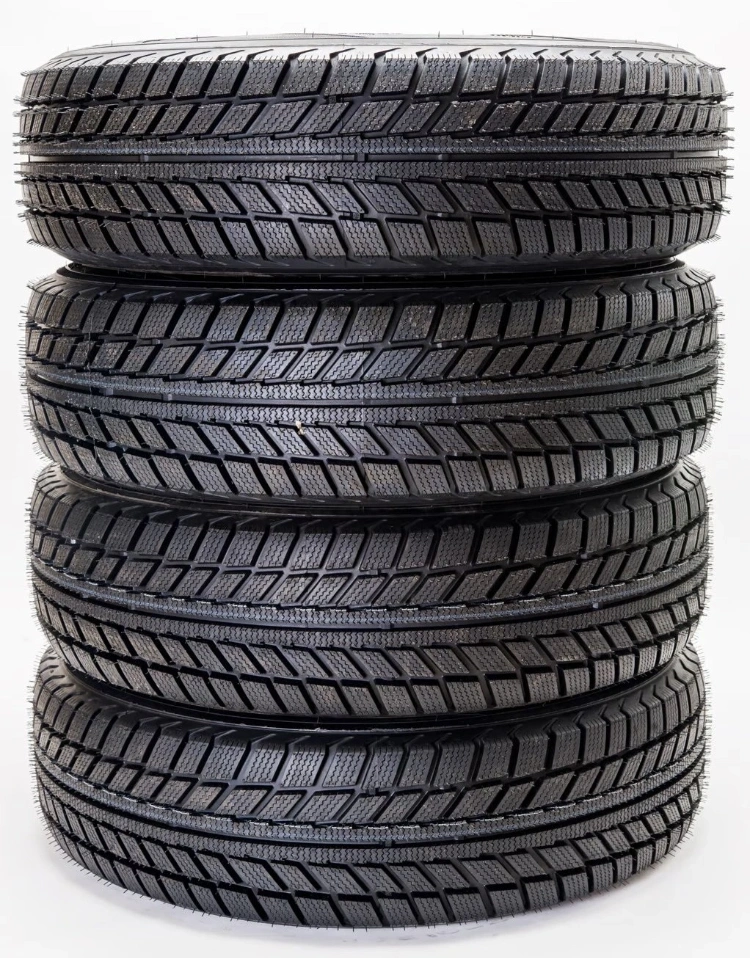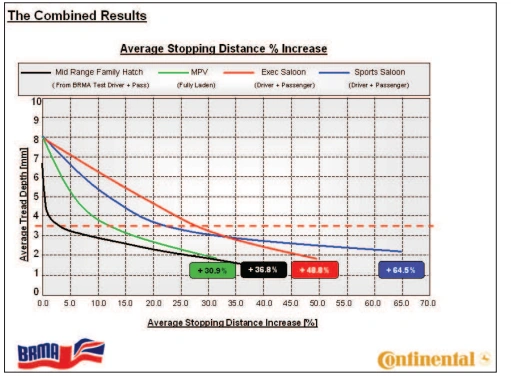Tyre Repair vs Replacement: Which Is Best for You?
We've all been there. You're driving down the road, enjoying your journey, when suddenly you hear the dreaded thud. Your tyre's gone flat.
Now what? Do you repair or replace it? It's a conundrum that has plagued drivers since the invention of the wheel (okay, maybe not that long, but you get the gist of what we're trying to say). It's an all too common experience, especially for drivers on a budget who don't want to entirely replace an otherwise decent tyre.
While we can't provide you with a definitive answer, we can break down the pros and cons of both options and help you make a decision that's right for you. We'll examine the cost, safety considerations, and environmental impact of tyre repair and replacement.
Whether you're on a tight budget or don't want to waste a perfectly good tyre, here's what to know about repair vs. replacement.
What a "Good" Tyre Looks Like
Before diving into the tyre repair vs. replacement debate, it's helpful to know what a "good" tyre looks like. Basically, the law in the UK mandates that your ride needs to have tyres that are fit for purpose and roadworthy.
This entails ensuring you've got the right rubber for your vehicle and (this is important) that it's not dinged up or damaged. So, it's imperative that you regularly inspect your tyres!
Another key point to remember is the manufacturer's recommended tyre pressure. You can typically find this in your trusty vehicle handbook, but don't sweat it if you don't have a copy. There are loads of online resources that can provide this info for you (including our helpful guide here).
The bottom line is that driving with the wrong tyre pressure can compromise your car's handling and fuel efficiency. Nobody wants that, right?
And finally, it's important to consider the tread depth of your tyres. The minimum legal requirement for tyre tread depth in the UK is 1.6 millimetres, measured across ¾ of the central tread (basically the bit of your tyre that connects with the road).
It's worth noting that this is the absolute bare minimum, and it's recommended that you change your tyres when they reach 3 millimetres or less. Why? Well, to put it simply, stopping distances and traction diminish exponentially after 3mm when your tyre tread gets too shallow. Don't believe us? Well check our the graph below published in this EU Road Safety study. Notice how quickly the rate of stopping distance increases and the tread decreases.
When Tyre Repair Makes Sense
So, you've checked your tyres, and they seem to be in good condition based on the factors above. But you still have a flat tyre and aren't sure what to do. Tyre replacement is a great option, but what about repair?
And let's start with the good news: repairing your tyre is often cheaper. But when does it make sense just to patch it up and go on your way instead of replacing the tyre?
Let's set the scene - if your tyre has a puncture on the tread or the sidewall, is less than 6mm deep and less than 6mm in diameter, then good news, you can probably get it repaired. If it's any deeper or wider than this, or the damage is around the tyre's edges, then unfortunately, it's a no-go, and you'll need a replacement.
What are the benefits of a repair? For one, as mentioned, it's significantly cheaper than splashing out on a new tyre. On top of this, repairing your tyre means you get to keep it (and its remaining tread) for longer, which can help save you some serious pennies in the long run.
But it's not just about cost. There are environmental benefits to consider, too. By repairing rather than replacing, you'll be doing your bit to maximise lifespan and prevent needless replacement...
All this being said, it's worth noting that not all punctures can be repaired, and sometimes a replacement really is the only option. So, next time you're faced with a flat tyre, take a moment to assess the damage before making rash decisions (or ask a tyre expert to assess the damage).
Did you know that Tyres are actually one of the most recycled products in the UK? It has been illegal for Tyres to go into landfill since 2006, hence you can be confident that when the time comes, your tyre will find a second life in anything from new roads, to play-parks, to roofing material, to crash barriers, to the soles on your shoes!
When a Replacement Tyre Makes Sense
Let's be real here. No one likes to spend money unnecessarily. But when it comes to tyre maintenance, there are times when replacement is the smarter option.
If your tyre is damaged beyond repair, for example, a sidewall tear or a puncture in the tread that is too close to the sidewall, then replacement is your only choice.
Another reason to replace your tyres is when they have worn out. As mentioned, you can check the tread depth with a simple trick: inserting a 20p into the tread grooves. If you can see the outer ring, it's time to replace your tyres.
But what about those who just want to save a few pounds?
Well, it's worth knowing that replacing your tyres can save you money in the long run. Modern tyres are designed for maximum safety and fuel efficiency, so upgrading to new ones can save fuel costs. Plus, if you buy tyres with a higher mileage warranty, they will likely last longer, reducing the frequency of replacements.
Ultimately, if you're unsure whether to repair or replace your tyres, just remember the golden rule: safety first. And if you do need to replace them, take the opportunity to upgrade and enjoy the benefits of better performance and fuel efficiency.
What Happens During Tyre Replacement?
What happens during a tyre fitting, though? Firstly, you'll need to determine the right tyre size for your vehicle. Tyre sizes are usually found on the sidewall of your current wheels or in your vehicle handbook. Once you've found that, you can head over to TyreRunner.com and compare tyres, fitters and prices of retailers in your area with 100% independent advice... and of course purchase if you need to!
Once you've sorted that, on fitting day the old tyres are removed from the rim using a machine and carefully placed on the new ones. It's important to ensure they're fitted correctly, with the valve facing outwards.
Finally, the wheels are balanced and aligned, which ensures smooth driving and reduces unnecessary wear and tear. And there you have it. A fresh set of tyres, ready to hit the road.
Browse Tyres
If tyre repair isn't an option for you and you need new tyres, we can help you find the right ones! Our platform helps you compare all major UK tyre retailers, from Blackcircles to National, Halfords, and many small local retailers in your area.
Start your search now!



Comments